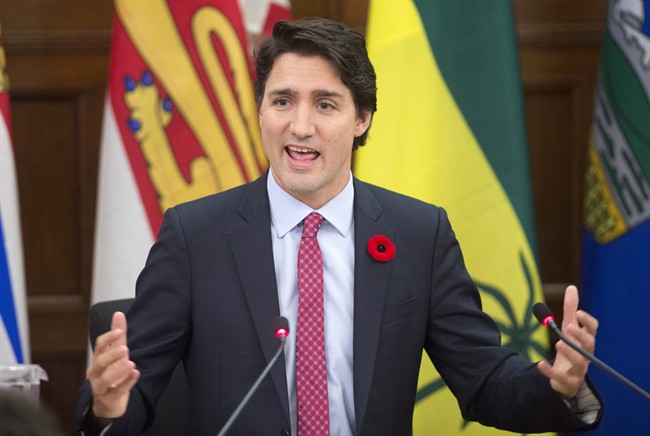TORONTO – The Liberal government’s plan to switch some of the tax burden from middle-income earners to the top one per cent will likely lead to multibillion-dollar annual revenue shortfalls for Ottawa and the provinces, according to the C.D. Howe Institute.

The Toronto-based think-tank argues that efforts by high-income earners to avoid increased taxes will probably be greater than anticipated, while the reduction in the middle-income bracket will likely cost more than expected.
“The result of the federal tax changes could be national tax receipts falling short of commitments for both levels of government by more than $4 billion, meaning higher taxes elsewhere, unplanned spending cuts, or larger increases in government debt,” the C.D. Howe Institute says in a study released Thursday.
READ MORE: Liberals back away from vow to keep deficits under $10 B

Get breaking National news
The report, written by director of research Alexandre Laurin, bases its conclusions on studies authored in a number of countries, particularly the United States and Britain, which estimated the behavioural response of top-income individuals to increases in their margin tax rates
Among other things, the C.D. Howe study says some high-income taxpayers may decide to reduce work effort by choosing leisure over more labour, while others may plan their affairs in a way to minimize their tax burden.
“Tax planning can involve, for example, postponing an important taxable transaction, modifying income sources and forms of compensation and moving to, or avoiding moving from, a lower-tax jurisdiction.”
The Liberal tax plan would see the federal rate on taxable income greater than $200,000 rise to 33 from 29 per cent. The rate on taxable income between $45,000 to $90,000 would drop to 20.5 per cent from 22 per cent.
READ MORE: Budget officer says Trudeau government’s deficit projections are way off
However, the study notes that Quebec, Ontario and Nova Scotia now have combined federal-provincial top tax rates rounding to 50 per cent, while New Brunswick’s rounds to 55 per cent.
“These recent provincial hikes unavoidably leave less room for the federal government to increase its own top tax rate,” the report said.
Instead of raising income taxes on high-income earners, the federal government could explore other progressive, but less economically damaging, ways of raising revenues, it said.
“One option already envisaged by the new government would be to eliminate tax preferences targeted to high-income earners. Another would be to eliminate or to reform the small business tax deduction to better target younger firms rather than all firms that are small, including incorporated professionals,” it said.







Comments